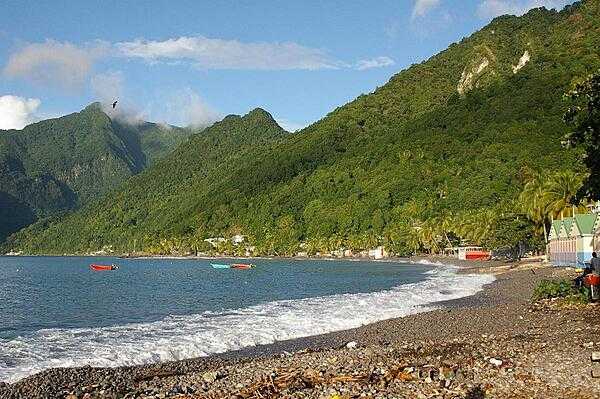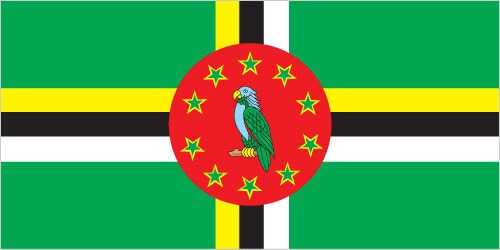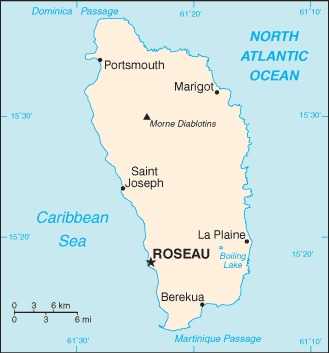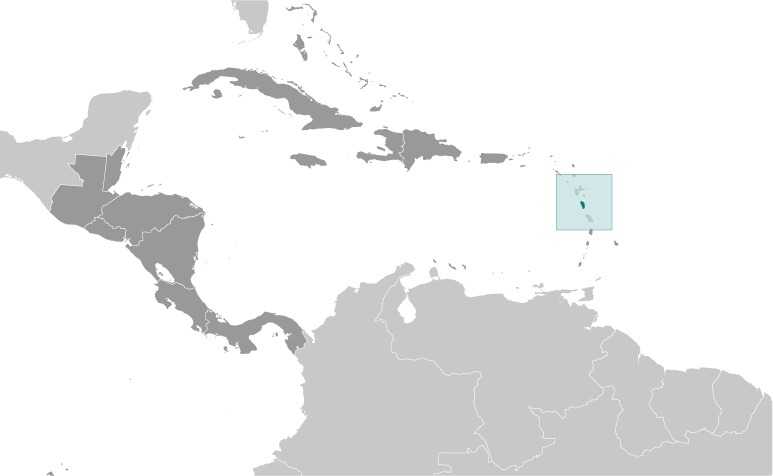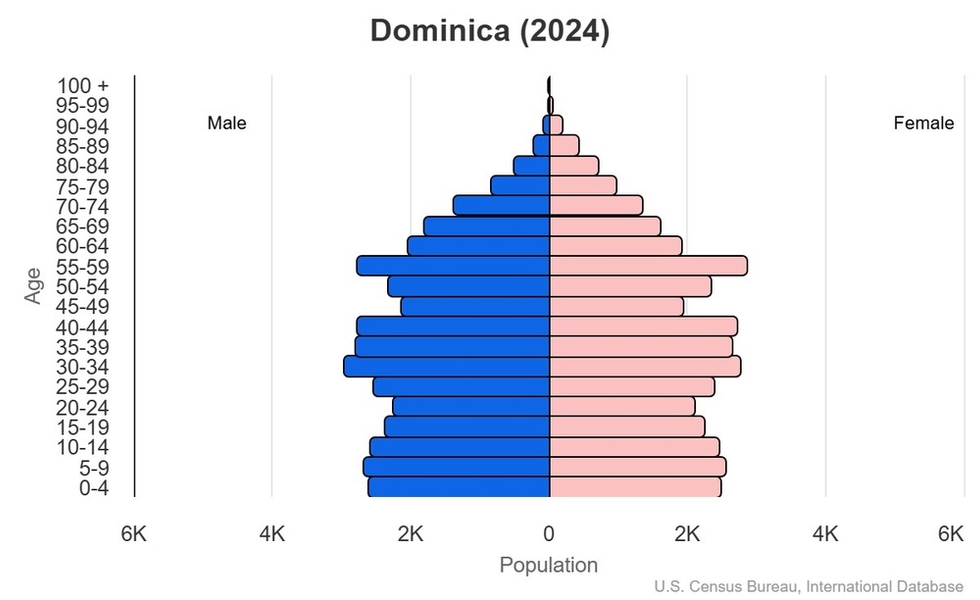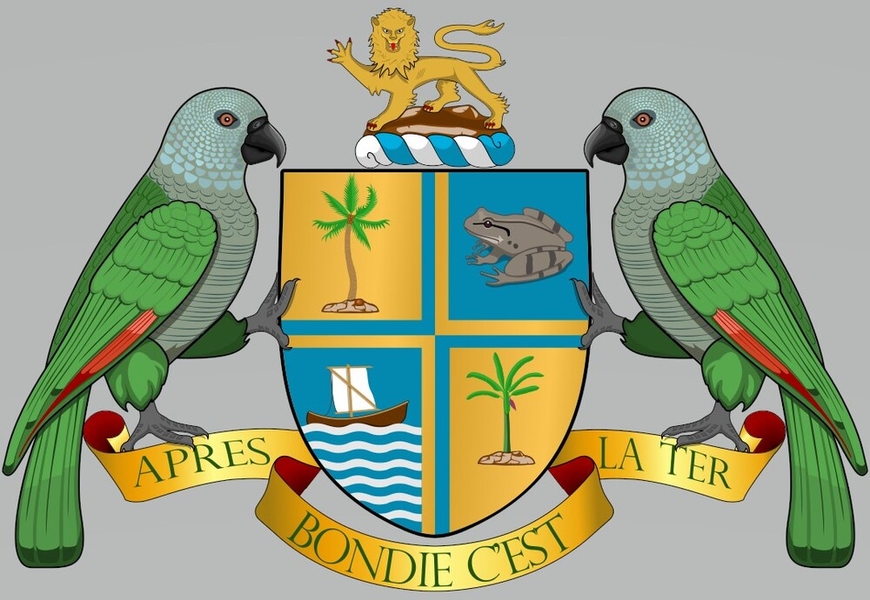Introduction
Visit the Definitions and Notes page to view a description of each topic.
Geography
People and Society
Population
comparison rankings: total 201; male 201; female 202
Median age
comparison ranking: total 84
Population growth rate
comparison ranking: 196
Birth rate
comparison ranking: 129
Death rate
comparison ranking: 87
Net migration rate
comparison ranking: 205
Maternal mortality ratio
comparison ranking: 107
Infant mortality rate
comparison ranking: total 127
Life expectancy at birth
comparison ranking: total population 74
Total fertility rate
comparison ranking: 106
Obesity - adult prevalence rate
comparison ranking: 34
Alcohol consumption per capita
comparison ranking: total 67
Education expenditure
comparison ranking: Education expenditure (% GDP) 44
Environment
Carbon dioxide emissions
comparison ranking: total emissions 205
Government
Economy
Real GDP (purchasing power parity)
comparison ranking: 206
Real GDP growth rate
comparison ranking: 145
Real GDP per capita
comparison ranking: 108
Inflation rate (consumer prices)
comparison ranking: 75
GDP - composition, by sector of origin
comparison rankings: agriculture 64; industry 168; services 110
Industrial production growth rate
comparison ranking: 18
Current account balance
comparison ranking: 101
Reserves of foreign exchange and gold
comparison ranking: 175
Debt - external
comparison ranking: 116
Energy
Electricity
comparison rankings: installed generating capacity 197; consumption 193; transmission/distribution losses 14
Energy consumption per capita
comparison ranking: 106
Communications
Telephones - fixed lines
comparison ranking: total subscriptions 195
Telephones - mobile cellular
comparison ranking: total subscriptions 205
Broadband - fixed subscriptions
comparison ranking: total 179
Transportation
Merchant marine
comparison ranking: total 101
